 Upper Respiratory Infection Symptoms, Causes, Treatment & Prevention
Upper Respiratory Infection Symptoms, Causes, Treatment & PreventionHemorrhoidsDiabetes (Type 1 and Type 2) Jock Itch Vyvanse vs. StratteraBenzodiazepinesZoloftLow Fiber DietAerobic ExerciseProbiotics Adult skin conditions Common eye problems and infections Sexually communicable diseasesDiet and nutrition QuizHeart QuizKidney Disease QuizFeatures Alopecia Areata©1996-2020 MedicineNet, Inc. All rights reserved. MedicineNet does not provide medical advice, diagnosis or treatment. . / / / / / respiratory infection article Upper respiratory tract infection (URTI) causes symptom Treatment of symptomsInfection of the respiratory tract (URTI) definition and facts Upper respiratory infection The Common Cold Common cold refers to a viral infection of the upper respiratory tract. Characteristic symptoms common cold include What is a higher respiratory infection? The upper respiratory tract includes breasts, nasal passages, pharynx and larynx. These structures direct the air we breathe from the outside to the trachea and eventually to take place. A , or higher , is an infectious process of any of the components of the upper part . The infection of the specific areas of the upper respiratory tract can be specifically named. Examples of these may include (inflammation of the nasal ), (or rhinosinusitis) - inflammation of the breasts located around the nose, (nasopharynitis) - inflammation of the nares, pharynx, hypopharynx, uvula, and flamation (inflammation of the pharynx, uvula and superior), epiglotis (inflammation of inflammation). Upper respiratory infections are one of the most common causes for a visit to the doctor with varied symptoms ranging from , , to difficulty and lethargy. In the United States, higher respiratory infections are the most common disease leading to lack of school or work. Although higher respiratory infections can occur at any time, they are more common in the autumn and winter months, from September to March. This can be explained because these are the usual school months when children and adolescents spend a lot of time in groups and within closed doors. In addition, many of the upper respiratory infections thrive in the low humidity of winter. Is an upper respiratory infection contagious? Most upper respiratory infections are due to self-limited viral infections. Sometimes, it can cause higher respiratory infections. Most of the time, the upper respiratory infection is and can spread from person to person by inhaling respiratory drops or sneezes. Transmission of respiratory infections can also occur by touching the nose or mouth by hand or other object exposed to the virus. What are the causes of the upper respiratory infection? URTI is usually caused by the direct invasion of the inner lining (mucosa or membrane) of the upper part by the virus or guilty bacteria. For pathogens (virus and bacteria) to invade the mucous membrane of the upper respiratory tract, they have to fight through various physical and immunological barriers. Hair in the lining of the nose acts as a physical barrier and can potentially catch invading organisms. In addition, the wet mucus inside the nasal can thicken the viruses and bacteria that enter the upper respiratory tract. There are also small structures similar to hair (cilia) that border the trachea that constantly moves any foreign invader to the pharynx to be eventually swallowed in the digestive tract and stomach. In addition to these intense physical barriers in the upper respiratory tract, the immune system also makes its part to fight the invasion of pathogens or microbes entering the upper airway. and located in the upper respiratory tract are part of the immune system that helps fight infections. Through the actions of specialized cells, antibodies and chemicals within them, invasive microbes are wrapped within them and eventually destroyed. Despite these defense processes, invasive viruses and bacteria adapt various mechanisms to resist destruction. Sometimes they can produce toxins to harm the body's defense system or change its external structural form or proteins to conceal from being recognized by inmunitary systems (change of antigenicity). Some bacteria can produce adhesion factors that allow them to cling to the mucous membrane and hinder their destruction. It is also important to note that different pathogens have a variable capacity to overcome the body's defense system and cause infections. In addition, different organisms require a time of variable appearance from the moment they enter the body until symptoms occur (incubation time). Some of the common pathogens for upper respiratory infection and their respective incubation times are as follows: SLIDESHOW What are the symptoms of upper respiratory infection?Symptoms Generally, the symptoms of upper respiratory infection result from the toxins released by pathogens, as well as the inflammatory response mounted by the immune system to fight infection. Common symptoms of upper respiratory infection usually include: Other less common symptoms may include symptoms of upper respiratory infection usually last between 3-14 days; if symptoms last longer than 14 days, an alternative diagnosis such as, , , , , or .Bacterial (due to group A) may be considered if symptoms continue to get worse after the first week in the absence of spongy nose, , or developing important initiation Epiglotis is a higher respiratory infection in children who may have a more sudden start of , sensation of a lump in the throat, polished voice, dry cough, very painful traction, and . Respiratory infections in the lower part of the upper respiratory tract, such as laryngotracheitis, are most commonly presented with dry cough and or . Barco or , gagging, rib (several cough) are other symptoms and signs. Cold fever and flu News Daily Health News Net figures What are the risk factors for upper respiratory infection? Some common risk factors for upper respiratory infection are:QUESTIONWhen should you seek medical care for a respiratory tract infection? Most people tend to diagnose and treat their symptoms at home without seeking professional medical care. A large majority of cases of upper respiratory infection are caused by viruses and are self-limited, which means they solve for themselves spontaneously. Visiting a doctor may be advisable if: Sometimes hospitalization may be necessary if the upper respiratory infection is severe and causes significant respiratory difficulty with poor oxygenation (), significant, lethargy and worsening in chronic lung and (or , ). Hospitalizations are much more common in children younger than 2 years old, elderly (especially those with ), and immunocompromises (weak immune system). Subscribe to MedicineNet's General Health Newsletter By clicking Confirm, I agree with the Terms and Conditions of MedicineNet and I understand that I can opt out of MedicineNet's subscriptions at any time. How is an upper respiratory infection diagnosed? In assessing people suspected of upper respiratory infection, other alternative diagnoses should be considered. Some of the common and important diagnoses that may appear to be higher respiratory infections are: The diagnosis of upper respiratory infection is usually done on the basis of the review of symptoms, physical and occasional examination, laboratory tests. In the physical examination of an individual with upper respiratory infection, a doctor may seek swelling and redness within the wall of the nasal cavity (signo of inflammation), redness of the throat, enlargement of the , white secretions in the tonsils (exuded), around the head and neck, , and facial tenderness (). Other signs may include (), cough, voice, and .The laboratory test is usually not recommended in the evaluation of higher respiratory infections. Because most upper respiratory infections are caused by viruses, specific tests are not required as there is usually no specific treatment for different types of upper viral respiratory infections. Some important situations in which it may be important to perform specific tests are: Work tests and blood images are rarely necessary in the assessment of the upper respiratory infection. of the neck can be done if the case of epiglotis is suspected. Although the finding of the swollen cannot be diagnosed, their absence can rule out the condition. It can sometimes be useful if the suggestive symptoms of sinusitis last longer than 4 weeks or are associated with visual changes, copeful nasal discharge or eye protrusion. can determine the extent of inflammation of the breast, formation of , or the spread of the infection in adjacent structures (eye cavity or brain). What is the treatment for upper respiratory infection? treatment As described above, most cases of upper respiratory infection are caused by viruses and therefore do not require specific treatment and are self-limited. People with higher respiratory infections are usually diagnosed and treated at home without requiring a doctor's visit or prescription medications. Rest is an important step in treating higher respiratory infections. The usual activities, such as the exercise of work and light, can continue as much as tolerated. Increased intake of oral fluids is also generally recommended to keep up with fluid loss of the spongy nose, and poor appetite associated with higher respiratory infections. Treatment of symptoms of upper respiratory infection usually continues until the infection has been resolved. Some of the most common upper respiratory infections or medications used to treat these symptoms are: Some coughs and medications may cause excessive sleepiness should be used with caution in children under 4 years of age and in the elderly. Sometimes broad spectrum antibiotics are used to treat higher respiratory infections if a bacterial infection is suspected or diagnosed. These conditions may include , bacterial sinusitis, or epiglotis. Antivirals may occasionally be recommended by doctors in immunocompromises (poor immune system). The treatment doctor may determine which antibiotic would be the best choice for a particular infection. Because the use of antibiotics is associated with many side effects and can promote bacterial resistance and secondary infections, they need to be used very cautious and only under the direction of a treatment doctor. Inhaled epinefrine is sometimes used in children with severe respiratory tract spasm (bronchospasm) and to reduce spasm. Rarely, surgical procedures may be necessary in cases of complicated airway, engaged with shortness of breath, formation of abscesses behind the throat, or formation of tonsils (vitonsillar abscess). From What are home remedies for upper respiratory infection? There are several methods of self-care that can be applied simply at home to relieve symptoms of upper respiratory infection. Wet hot air can help to soothe the oral and nasal passages that get more irritated with dry air. This can facilitate breathing and loosen the nasal secretions and facilitate the discharge. Some simple ways to do this are:The nasal saline (saline water) can help with symptoms of nasal congestion. There are about the available counter-resistance saline spraying solutions that can be used for this purpose. A simpler and more cost-effective salt water solution can also be considered. From a teaspoon of salt you can add to 8oz cup of ambient temperature water and removed to dissolve. Using a bulb syringe or a small bottle of spraying, the solution can be applied on a nose at the same time with slow and expelled several times a day as needed. Apply a hot package (a hot towel or a wash cloth) to the face can also be used to treat symptoms of nasal congestion. This can be repeated every few hours as needed to relieve symptoms. Salt water gusts and lozenges can reduce irritation and dryness of the throat and can relieve symptoms of the symptoms of the throat. The cough can be removed by limiting exposure to irritants, such as cold, smoke, dust and pollution. Sleeping in a semi-upright position can be useful in time to reduce cough. A study has suggested that honey may be superior to dextromephant in reduction with higher respiratory infection. Suitable water, juices and non-slim nasal secretions and replacement fluid losses. What are some data on alternative therapies in the treatment of higher respiratory infections? Many alternative and cultural remedies are used in the treatment of higher respiratory infections. It is believed that herbal teas, including the bark and root, and some studies have suggested benefits compared to placebo. The long-term use of these remedies has not been evaluated; however, prolonged use can cause elevation. As noted above, honey has proven to be beneficial to suppress with upper respiratory infection and its use in hot water or tea with lemon juice is not rare. Ingestion of honey in babies, however, is not recommended as they cannot adequately digest spores in honey that may result in infections. is another herbal remedy commonly used in the treatment of the upper respiratory infection. Research data showed no significant benefit to alter the duration and severity of symptoms of upper respiratory infection when used in children between 2 and 11 years of age compared to placebo. Oral zinc supplementation has been used in recent years to shorten the duration and reduce the severity of symptoms of upper respiratory infection and . This therapy has been studied in children with higher respiratory infection and the results are mixed. FDA has not approved the use of oral zinc to treat upper respiratory infections. There are reports of unpleasant taste caused by oral zinc. Topical nasal zinc products (Cicam nasal gel) have also been used to mitigate the symptoms of upper respiratory infection. Some studies suggest loss of the sense of smell () associated with the use of this on the product of the contra. The FDA therefore recommended that the use of intranasal zinc products be suspended in 2009. It is thought that the use of ora to shorten the duration of symptoms of upper respiratory infection, but research data are not conclusive with respect to the benefits of . What are the complications of a higher respiratory infection? Some of the common complications of upper respiratory infections are: Can a higher respiratory infection be prevented? There are several measures that can reduce the risk of infections in general. , reduce , appropriate and balanced , and regulate are all measures that can improve the immune system and reduce the overall risk of infections. It also helps to strengthen the immune system of babies by transferring the protective antibodies from breast milk to baby. Other preventive measures to reduce the risk of spreading higher respiratory infections are: What is the perspective for a patient suffering from a higher respiratory infection? In general, the result of the upper respiratory infection is good. Most of these cases are due to viral infections that are self-limited. , people with weak immune systems, and people with complications of upper respiratory infections (listed above) may have a less favorable prognosis. Health Solutions of Our SponsorsHigh Level Upper Respiratory Infection Related Articles Balance Slideshow Bronchitis QuizCT Scan (Computerized Tomography)Children's Cold, Fever & FluKids' Illnesses SlideshowCold & Flu QuizCommon Medical Abbreviations List Doctors, pharmacists and other health professionals use abbreviations, acronyms, and other terminology for instructions and information in relation to patient health, prescription medications to be taken, or medical medications procedures that have been ordered. This common list has not been approved medical abbreviations, acronyms and terminology used by doctors and other health professionals. You can use this list of medical abbreviations and acronyms written by our doctors next time you cannot understand what is your prescription package, blood test results, or medical procedure orders. Examples include:Milled ear infection (Medium Otitis)Key infection QuizFlu Vacuna (Flu Shot)HeadacheThe joints can be divided into two categories: primary headaches and side headaches. Migraine headaches, headaches and cluster headaches are considered primary headaches. Side headaches are caused by diseases. Symptoms of headache vary with the type of headache. Free selling pain relievers provide short-term relief for most headaches. Tos: 19 Tips on How to Stop a Tusada Test A rapid strep test is an easy and accurate test done to diagnose streptococcus bacteria, causing the strep throat. A rapid streptococcus test is performed in the health doctor's office. A rapid strep test can help rule out other causes of sore throat, For example, flu, common cold or mononucleosis. Treatment of streptocoa throat is usually antibiotics. Sinusal Surgery (Endoscopic) Sinusal Infection Procedure (Sinusitis)Sinusal infection (sinusitis) is caused by allergies, infection, and chemical substances or other irritants of the breasts. Signs and symptoms are headache, fever, and facial sensitivity, pressure or pain. Breast infections treatments are usually with antibiotics and sometimes home remedies. What is a Staph infection? Swollen lymph nodes (Glands)Tonsils Picture©1996-2021 MedicineNet, Inc. All rights reserved. MedicineNet does not provide medical advice, diagnosis or treatment. . Categories of Health Popular Health CentersMedicineNet
QUESTION " ANSWER " Q: Are upper respiratory infections contagious? Most URIs are highly contagious. Colds and viruses represent most of the URIs, and these germs travel easily from person to person. Anyone with a cold or flu should avoid close personal contact until symptoms dissolve. The bacterial forms of the URI can also be contagious, such as those that can easily spread. About the author Silence Silence Silence © Copyright 2020 Healthgrades Operating Company, Inc. Patent US Nos. 7,752,060 and 8,719,052. All rights reserved. Third party materials included here protected under copyright law. The use of this website and any information contained here is governed by the . Healthgrades content does not provide medical advice. Always consult a doctor for diagnosis and treatment.

PDF) what-is-upper-respiratory-tract-infection
Upper Respiratory Tract Infection Symptoms, Treatment & Causes
Upper Respiratory Tract Infection Symptoms, Treatment & Causes
Cold | Medico Reporter
How Contagious Is the Cold and Flu?
Respiratory Syncytial Virus (RSV) Treatment, Diagnosis, Contagious
Respiratory Disorders. Common Cold Contagious viral respiratory infection Contagious viral respiratory infection Indirect causes – chilling, fatigue, - ppt download
Upper Respiratory Tract Infection Vs Pneumonia: Differences Based on Causes, Symptoms, Treatment
Pin on Health & Lifestyle Infographics
5 Common Upper Respiratory Tract Infections | Health Plus
Upper Respiratory Tract Infection | Upper respiratory tract infection, Respiratory, Infections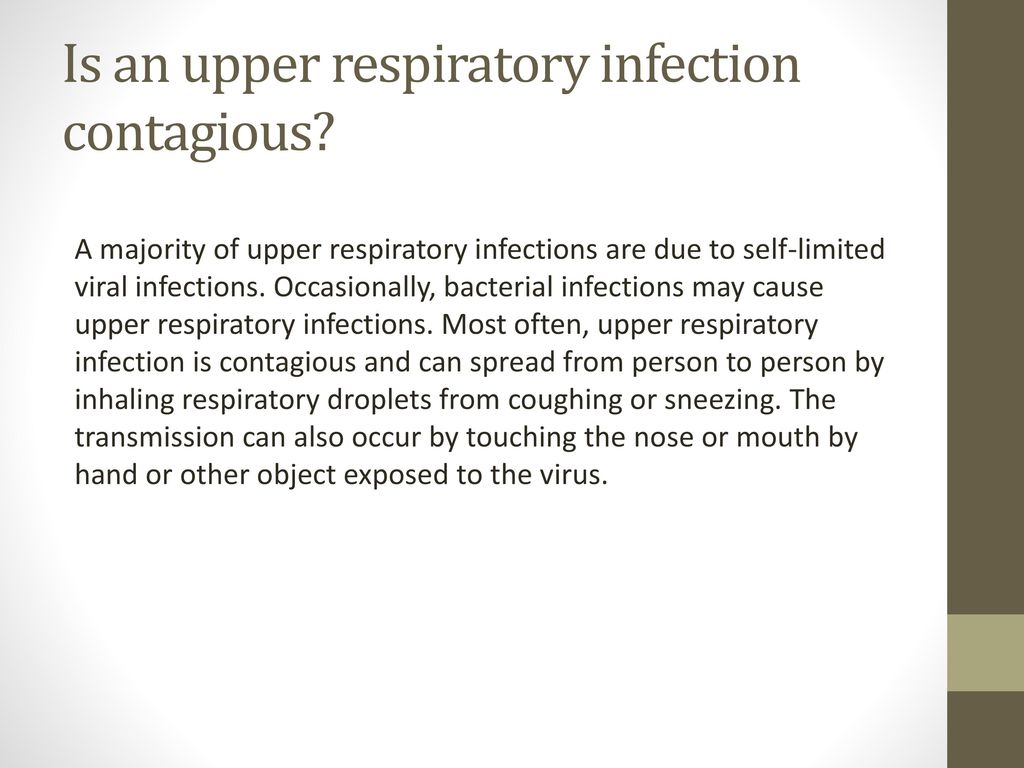
Upper respiratory tract infection - ppt download
Viral Upper Respiratory Illness (Adult)
Respiratory Illnesses: 13 Types of Lung Infections
Upper Respiratory Tract Infection Zhongwen - Human Anatomy
How Long Are Upper Respiratory Infections Contagious? | DispatchHealth
Upper Respiratory Tract Infection Symptoms, Treatment & Causes
Upper Respiratory Infection Contagious | See a Doctor Online | Smart Doc MD
Is Sinus Infection Contagious? (Infographic)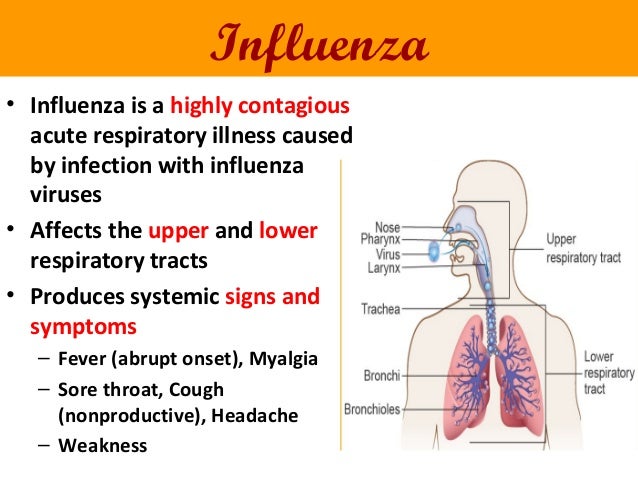
Upper Respiratory Infection While Pregnant - Human Anatomy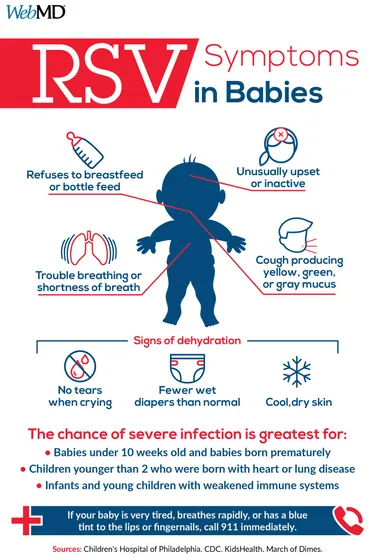
At Peak RSV Season, Do You Know What to Watch For?
IS AN UPPER RESPIRATORY INFECTION CONTAGIOUS. RESPIRATORY INFECTION CONTAGIOUS | Is An Upper Respiratory Infection Contagious. Skin Infection Remedies. Remedies For Bacterial Infections
Acute Upper Respiratory Infection: Causes, Symptoms, Types & More
How Contagious Are Common Respiratory Tract Infections? | NEJM
Respiratory Illnesses: 13 Types of Lung Infections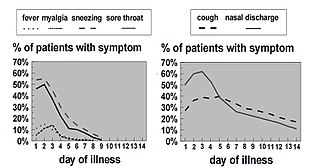
Upper respiratory tract infection - Wikipedia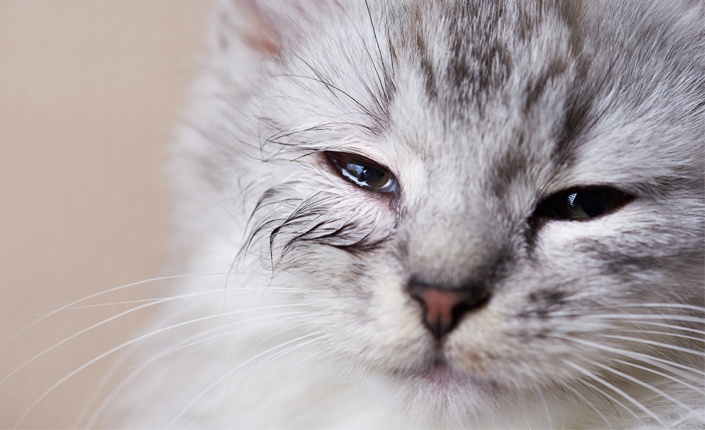
Respiratory Tract Infection (RTIs) in Cats & Kittens
What is an Upper Respiratory Infection (URI)? | Inogen
IS AN UPPER RESPIRATORY INFECTION CONTAGIOUS
Coronavirus Most Contagious Soon After Infection - Consumer Health News | HealthDay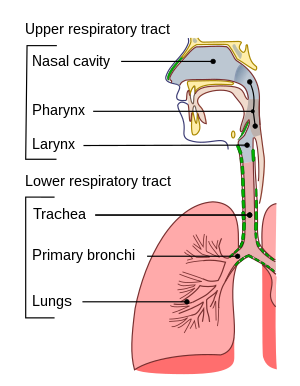
Lower respiratory tract infection - Wikipedia
Upper Respiratory Infection in Cats | Urban Animal Veterinary Hospital
Respiratory infection - Heal
Upper Respiratory Tract Infection Symptoms, Treatment & Causes
home remedies for upper respiratory infection | Upper respiratory infection, Chest congestion remedies, Respiratory infection remedies
Life cycle of a coronavirus: How respiratory illnesses harm the body | COVID | Prevention | UT Southwestern Medical Center
Upper respiratory infection contagious disease - Human Health Problems
How Contagious Are Common Respiratory Tract Infections? | NEJM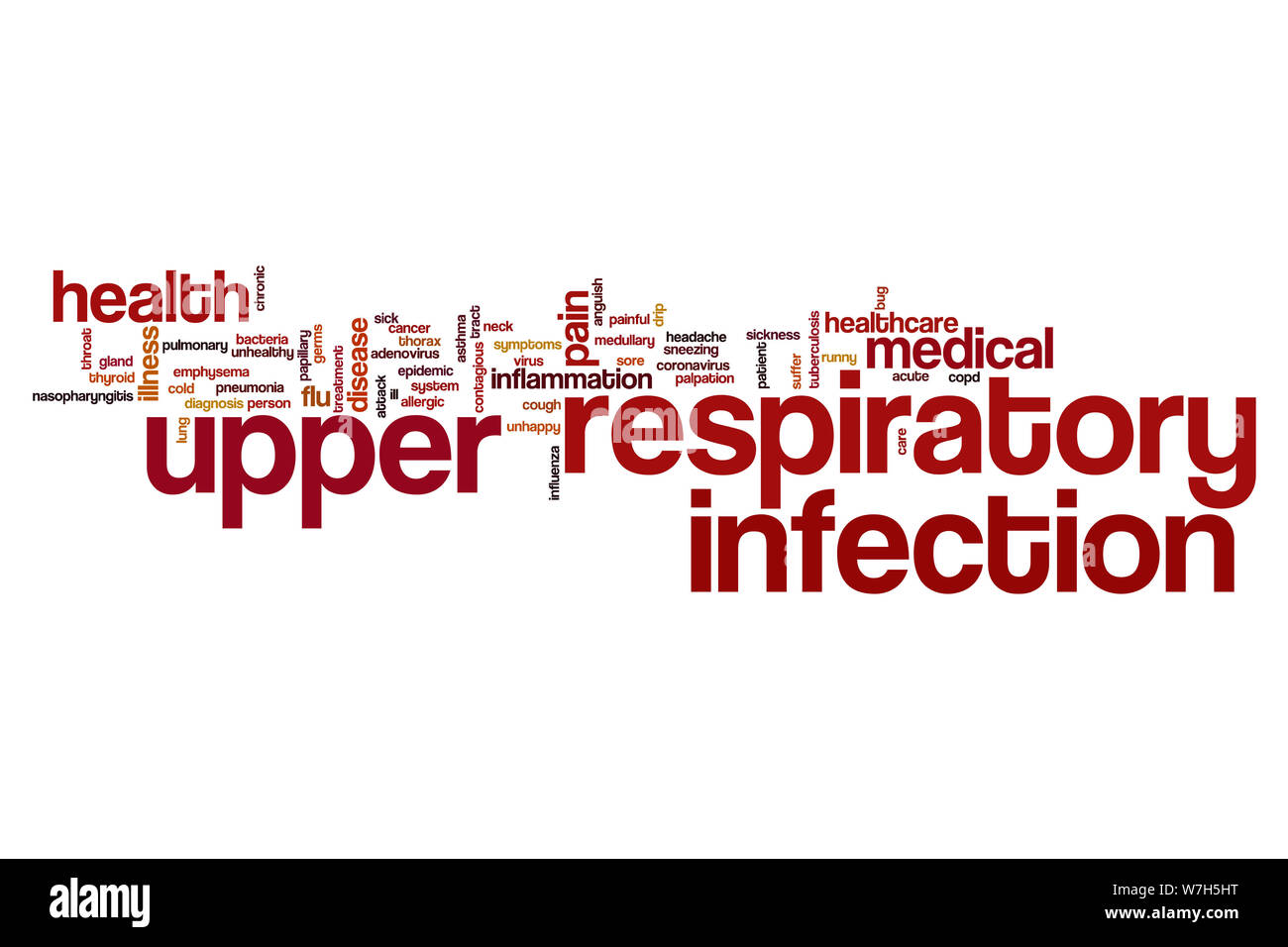
Upper respiratory infection word cloud concept Stock Photo - Alamy
Upper Respiratory Infection Treatment Near Me in El Cajon, CA
 Upper Respiratory Infection Symptoms, Causes, Treatment & Prevention
Upper Respiratory Infection Symptoms, Causes, Treatment & Prevention




































Posting Komentar untuk "upper respiratory infection contagious"